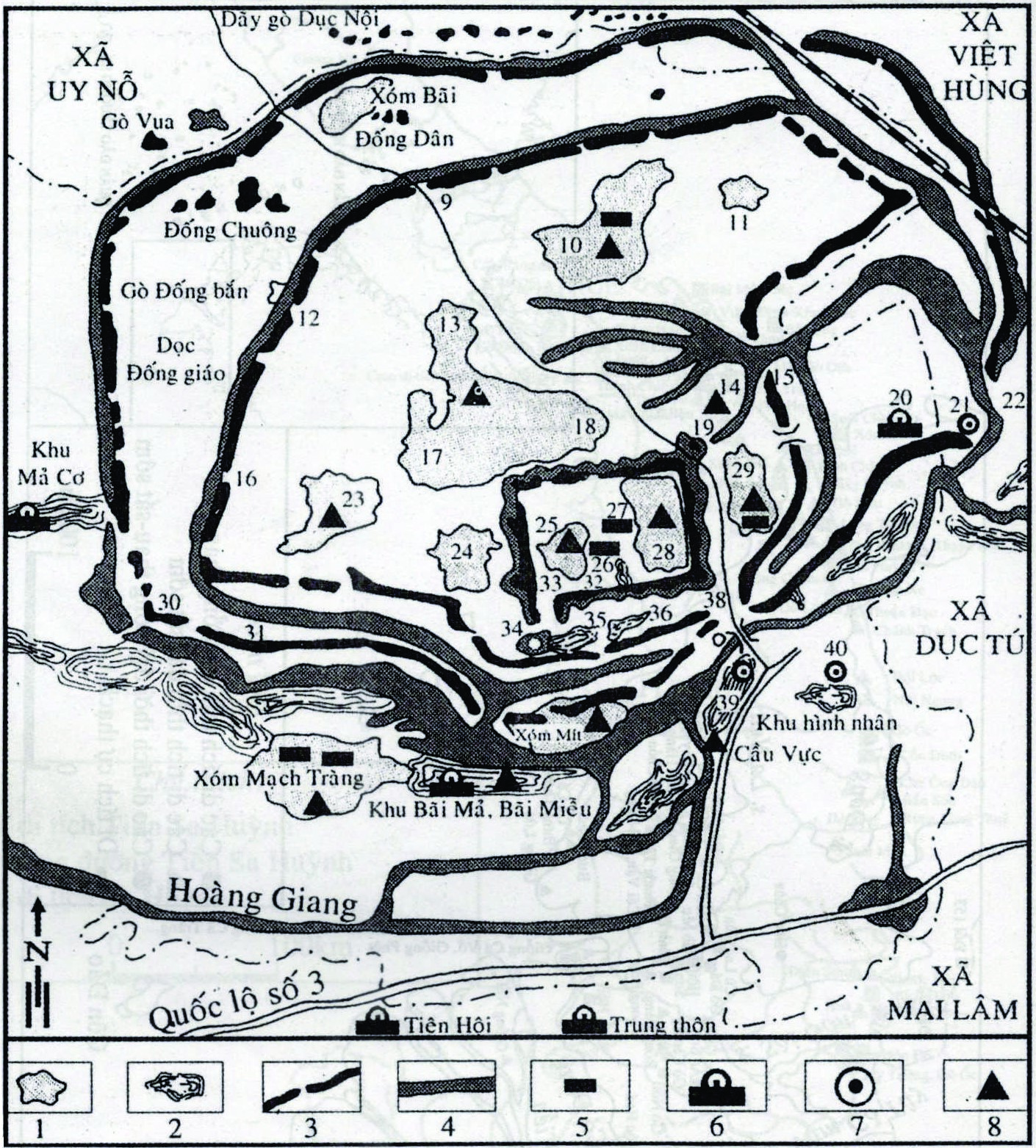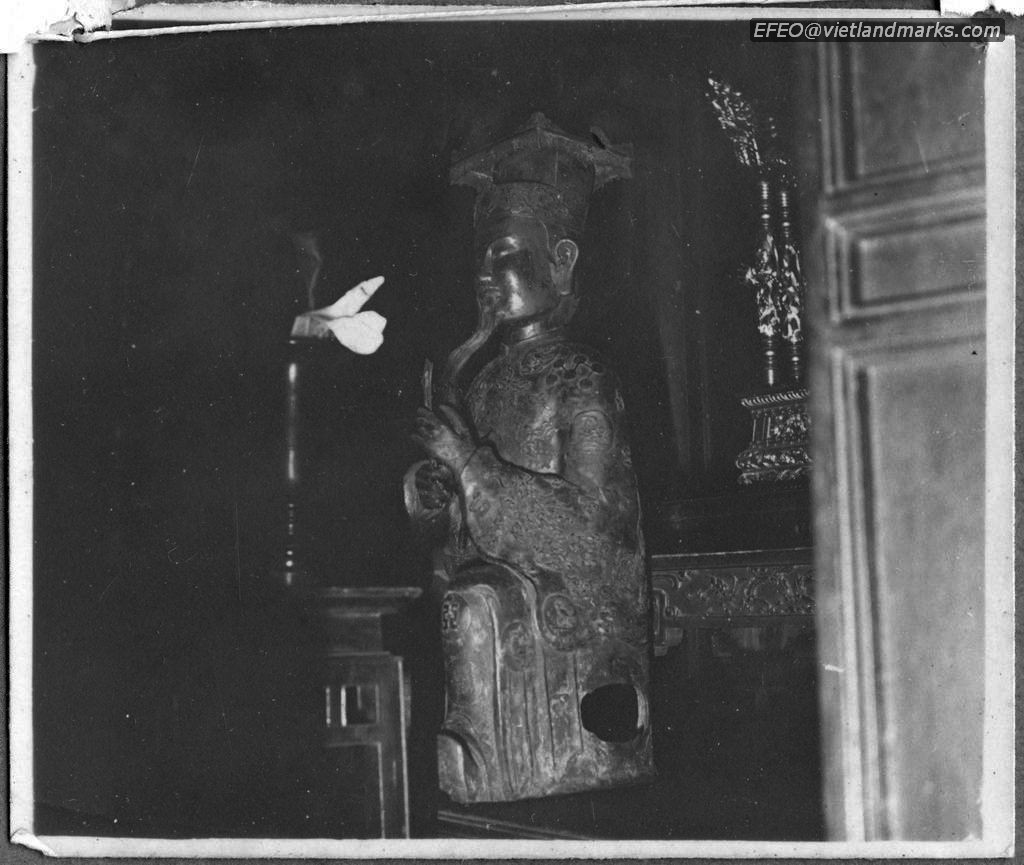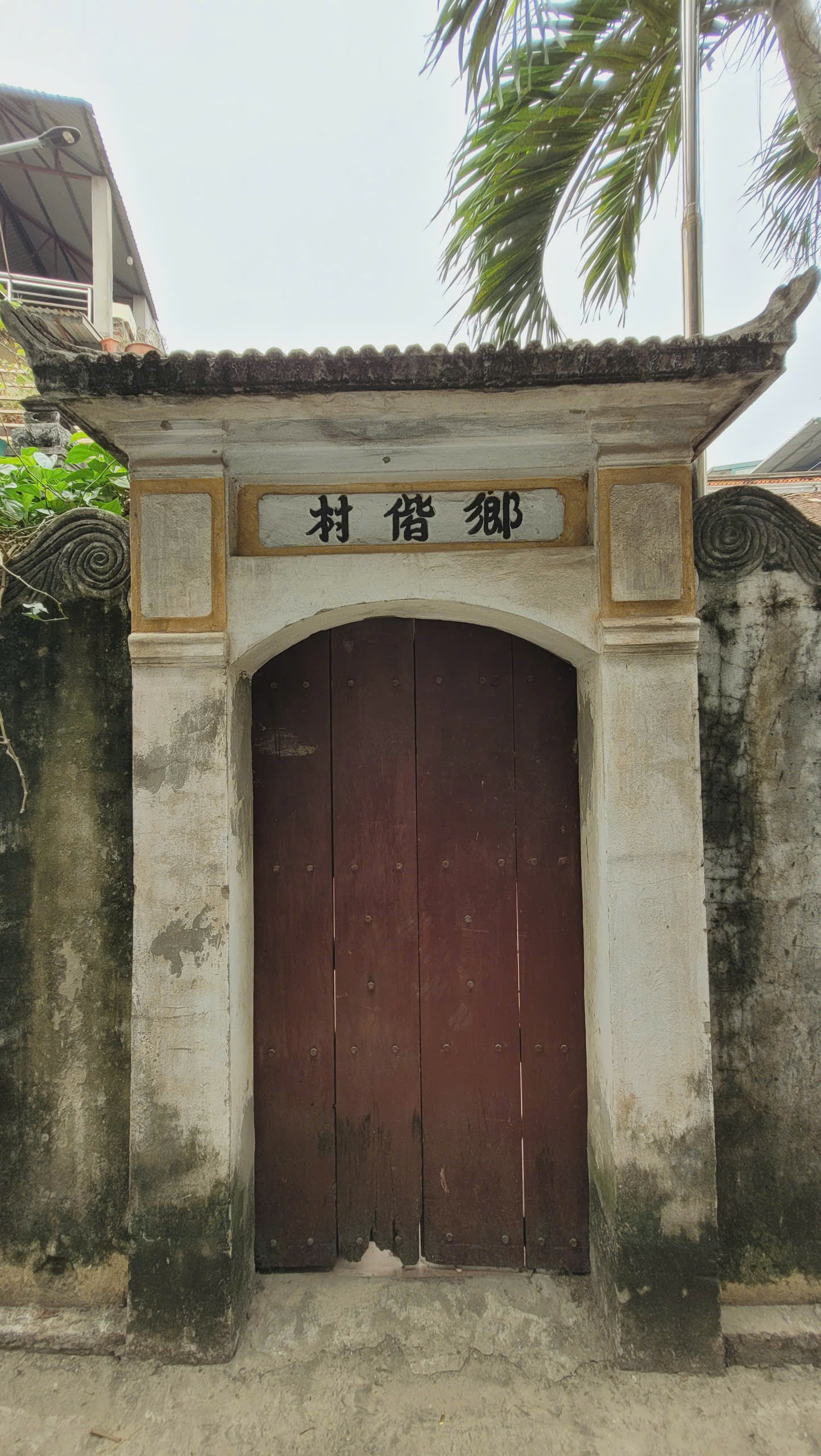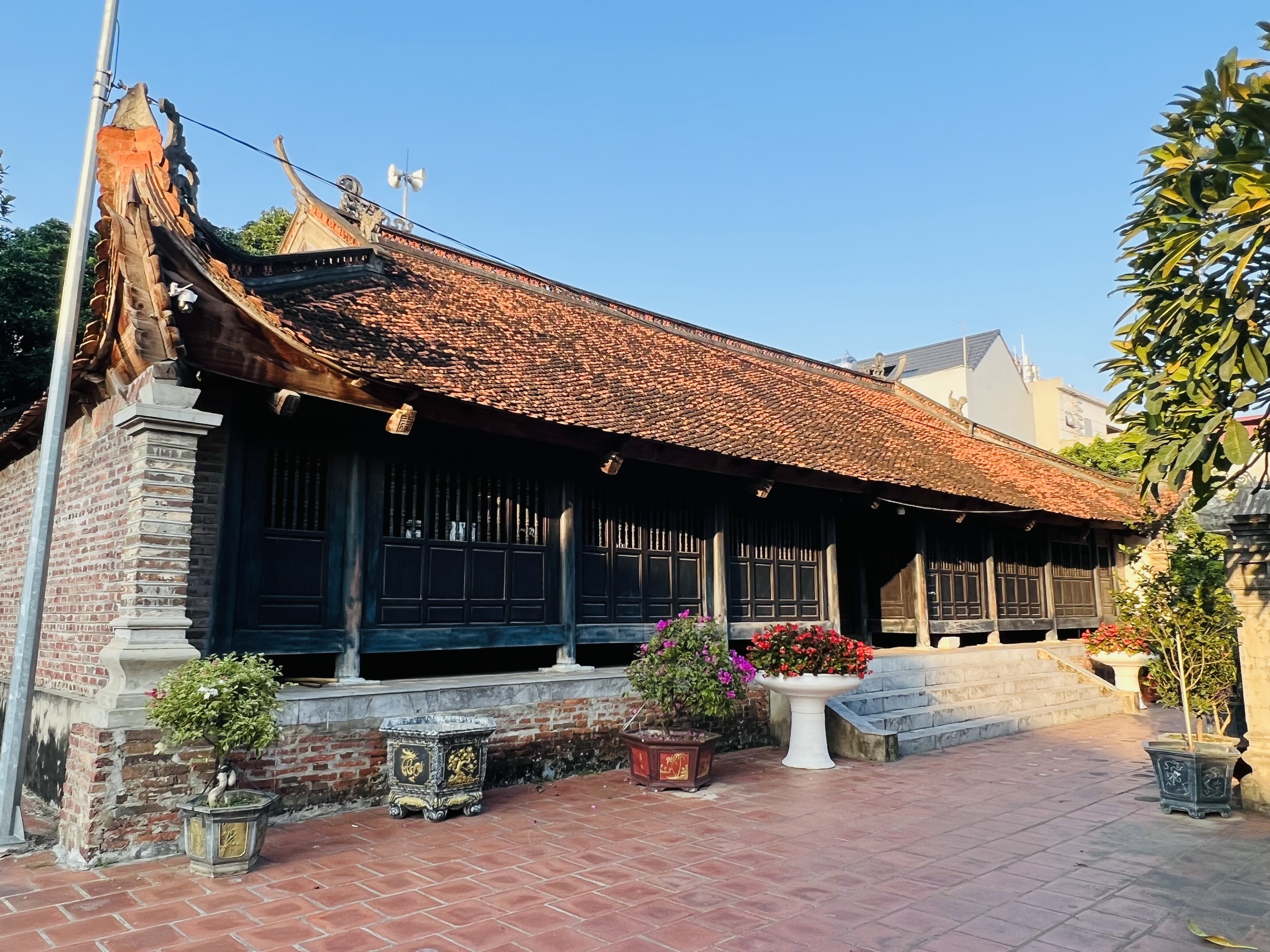
After the victory on Bạch Đằng coastal estuary, the Chinese domination for over 1000 years ended, the feudal period of the national independence and autonomy started, in the spring of the Kỷ Hợi year (939), Ngô Quyền resigned the post of jiedushi, proclaimed King, located the Imperial City at Cổ Loa.
Emperor Ngô Quyền has been acknowleged by the Vietnamese feudal dynasties and people; his temple, his communal house, and his altars were built; he was inscribed on stelea, ordained, cast as statues, worshiped and the annual festivals held at the localities are associated with his life, his career and his reputation. At present, there are 58 sites for worshipping Ngô Quyền all over Việt Nam, of which there are 4 sites in Hà Nội, most of the sites in Hải Phòng, and other sites in such provinces as Phú Thọ, Hải Dương, Hưng Yên, Nam Định, and Thái Bình. However, at Cổ Loa where Ngô Quyền located the Imperial city and proclaimed himself emperor, there are not any memorial works of Ngô Quyền. Since 2014, there have been many seminars and research projects, which have confirmed his great merit to Cổ Loa and his career for the national renaissance. Ngô Quyền has been honored as "king of the kings", “Ancestor of the national Renaissance”, and the hero of national liberation.
 Outline of the sites for worshipping Ngô Quyền at present
Outline of the sites for worshipping Ngô Quyền at present
The statues worshiping the emperor Ngô Quyền at some cultic sites in Hải Phòng, Hưng Yên, Hà Nội are beautiful sculptures of the typical traditional art of the Lê - Nguyễn period.

Statue of Emperor Ngô Quyền from the eighteenth century at Thượng Tiết temple, Mỹ Đức district, Hà Nội

Statue of Ngô Quyền at Lương Xâm temple

Statue of Ngô Quyền at Đường Lâm commune, Sơn Tây town, Hà Nội
In recognition of Ngô Quyền's merits, the feudal courts conferred holy name, and engraved epitaphs to commemorate him, and honored the emperor Ngô Quyền as "Supreme King", and "Celestial Emperor Ngô” and many other holy names.
 Royal conferment on 10 November the sixth year of Tự Đức (1853) permitting 17 villages and communes to worship Ngô Quyền in Hải Phòng
Royal conferment on 10 November the sixth year of Tự Đức (1853) permitting 17 villages and communes to worship Ngô Quyền in Hải Phòng

Royal conferment on 10 November the sixth year of Tự Đức (1853) permitting 6 cantons of An Dương district to worship Ngô Quyền.
 Royal conferment on November 18th , the first Thành Thái year (1889) of Hạ Đoạn commune
Royal conferment on November 18th , the first Thành Thái year (1889) of Hạ Đoạn commune
 Royal conferment on August 11, the 3rd Duy Tân year (1909) of Kiều Sơn communal house, Hải An, Hải Phòng
Royal conferment on August 11, the 3rd Duy Tân year (1909) of Kiều Sơn communal house, Hải An, Hải Phòng

The epitaph of Dương Nham (1369) at Kính Chủ cave, Hải Dương province: praise Ngô Quyền’s victory on Bạch Đằng river.

The epitaph at Ngô Quyền temple, Cam Lâm, Đường Lâm, Sơn Tây, which was built in the third year of Quang Thái (1390), praises Ngô Quyền’s outstanding strengh and talent in exterminating Kiều Công Tiễn, defeating the Southern Han invaders on Bạch Đằng river and proclaiming himself emperor of autonomy.
 Ceremony for worshipping emperor Ngô Quyền at Đường Lâm site
Ceremony for worshipping emperor Ngô Quyền at Đường Lâm site

Procession in the Ngô Quyền festival at Lương Xâm temple

Ceremony for worshipping emperor Ngô at Lạc Viên temple

Festival at Dư Hàng Kênh temple

 Since 2014, in Hanoi, there have been many seminars, discussions, scientific research, anniversaries of Ngô Quyền’s imperial city location and his self-proclaimation of emperor at Cổ Loa.
Since 2014, in Hanoi, there have been many seminars, discussions, scientific research, anniversaries of Ngô Quyền’s imperial city location and his self-proclaimation of emperor at Cổ Loa.

 Scientific seminar, discussion and anniversary of 1080 years since Ngô Quyền proclaimed himself king and located the imperial city at Cổ Loa in 2019
Scientific seminar, discussion and anniversary of 1080 years since Ngô Quyền proclaimed himself king and located the imperial city at Cổ Loa in 2019
MANAGEMENT DEPARTMENT OF COLOA VESTIGE SITE








